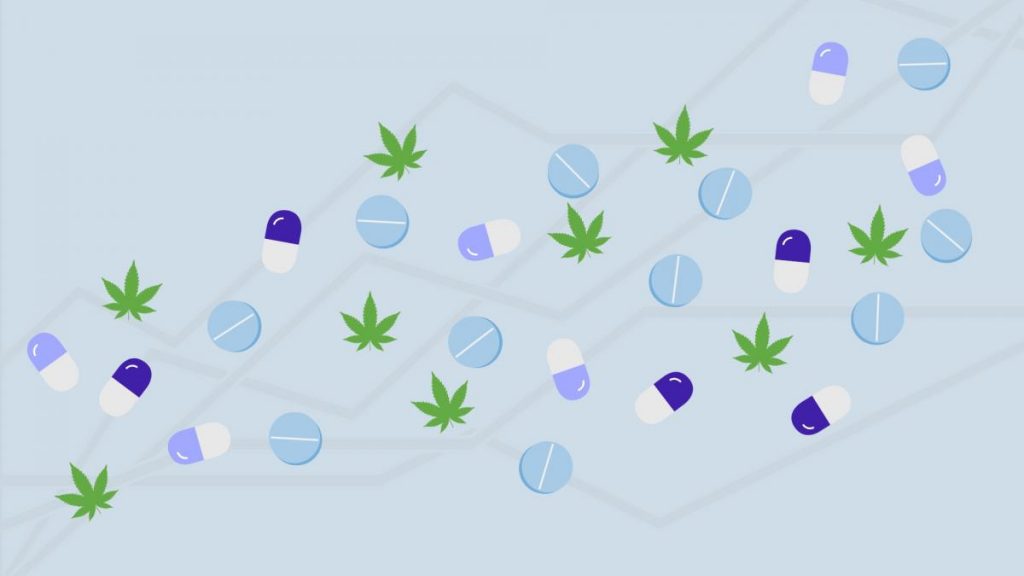Substance use trends among people living with HIV: New grants support research to improve harm reduction

Researchers at the University of Washington are interested in the causes and consequences of substance use among people living with HIV (PLWH). Joseph Delaney, in partnership with researchers at UW Medicine, including Heidi Crane, Andrew Hahn, and Judith Tsui, received two grants from the National Institute on Drug Abuse (NIDA) to look at the effects of marijuana legalization and to evaluate trends in opioid use among people living with or at risk for HIV to help inform potential opportunities for harm reduction.
With marijuana now legal in eleven states, Delaney’s first grant for more than $400K will evaluate how changes in the legalization policy impact patterns of substance use. In particular, Delaney and his team are interested in whether legalization increases or decreases marijuana use by PLWH.
“There are hypotheses for why marijuana legalization could do both,” says Delaney. “For instance, when substances are no longer illegal, there are some people who may choose to partake who would otherwise be discouraged from using a substance due to legal status. Alternatively, because legal marijuana is heavily taxed, and many PLWH may have limited income, they may purchase less of it due to budget constraints.”
Delaney and the local members of the Center for AIDS Research Network of Integrated Clinical Systems (CNICS) research team—which includes epidemiology students Bridget Whitney, Robin Nance, and Stephanie Ruderman, and CNICS member, Rob Fredericksen—aim to gain a better understanding of which of these effects is dominating among people in care with HIV, and the reasons behind why their behavior may be changing.
In a second grant from NIDA for $3.8 million, Delaney and his research team at the Harborview Medical Center will bring together a coordinating center made up of smaller epidemiological studies to answer questions about general health and substance use patterns of PLWH, those at risk for HIV, as well as individuals with Hepatitis C, that no one study can answer. The study aims to assess why opioid overdoses are going up, and contrast differences in the opioid epidemic across the United States.
“Gathering data from Ohio, Kentucky, and New England, places that the epidemic has hit hard, will help us better understand how the use of opioids changes from place to place and how it affects different populations,” states Delaney. “These findings could help identify recommendations for improved care.”
Delaney hopes that looking at the causes of substance use among PLWH could lead to potential policy interventions and improved health care practices for harm reduction.
For example, Delaney explains that there has been a change in recent years in how HIV is treated and how we view care from a public health perspective, which is weakening the epidemic. The public health goal for people living with HIV has shifted to a focus on suppression. When viral loads are low enough, the virus is less transmittable. Recent studies have shown people who take their medication continuously are able to maintain lower viral load counts than those who are on and off medication. So when substance use comes into play, if it contributes to a lack of adherence, it could lead to worse patient outcomes.
“We want to understand how we can improve measurement of substance use and behavior,” states Delaney. “If we can reduce the barriers to care and increase rates of disease suppression for people living with HIV, there is potential to both increase their lifespan and continue to slow the spread of the epidemic.”